The Linguistic Divide Is Bigger Than the Digital Divide Developing countries such as India are putting resources into developing the infrastructure required to provide access to the internet. However, there is one unaddressed issue that comes with the spread of the Internet and that is the language barrier
By Rajat Garg
Opinions expressed by Entrepreneur contributors are their own.
You're reading Entrepreneur India, an international franchise of Entrepreneur Media.

According to Statista, India is the second-largest online market in the world with 687 million Internet users. The Internet penetration rate in the country stands at nearly 50 per cent in 2020. This is a huge increase compared to that of around 27 per cent in 2015. The integral driver of this change is the increased availability of cheap data plans and the Digital India campaign under which the government launched various initiatives. Another factor is the increasing availability of cheaper smartphones. This has led to mobile being the primary internet access in India with 629 million active mobile Internet users.
Lack of language diversity in content
Developing countries such as India are putting resources into developing the infrastructure required to provide access to the internet. However, there is one unaddressed issue that comes with the spread of the Internet and that is the language barrier.
- India is a country with around 425 different languages and dialects. Whereas, it is estimated that over half of the Internet's content is in English. This means that a significant number of Internet users do not find the content in their own language.
- Mozilla and GSMA estimate that Hindi is the first language of roughly 260 million people yet constitutes less than 0.1 per cent of all content on the web. The lack of content in local languages means that users' experience is highly impacted.
- According to research, google searches in a certain language may bring back 10 times the results of doing so in another. Thus the seemingly infinite content on the Internet is limited by the language.
Contribution of smartphones
A large chunk of Internet users in India are accessing the Internet through smartphones. This brings another level of challenges to Internet usage due to the language barrier. Mobile devices are available in fewer languages. Most of these devices do not support regional languages in their keyboard input and fonts.
Android is the most common operating system in India. Till a few years ago, Hindi—a world language with more than 250 million native speakers—was not supported by the input methods and font display. In emerging markets like India where language diversity is abundant, the recent introduction of regional language support on mobile devices is important for increasing acceptance of the Internet. This has led to an increase in the percentage of Indian users surfing in local languages.
Indian companies stepping forward
Tackling the language barrier on the Internet is about more than just increasing the number of Internet users. It is about making knowledge accessible and online communities open to more users who speak a diversity of languages especially information related to education, agriculture and health.
There are a few Indian companies that have taken a step towards bridging this linguistic gap. For example, Sharechat is providing content to users for entertainment purposes. Similarly, myUpchar is one such company in the healthcare industry that provides full-stack service geared for users in multiple languages.
Health-related information is critical and people need to be able to understand the content and make informed decisions and reap the benefits. Through the myUpchar platform, users get all the information they need in their preferred language. All their healthcare needs are met, such as consultation, lab tests, and medicines. Using their AI capabilities, they are working on predicting diagnosis and simplifying lab reports in Hindi to make it understandable for the larger audience. The information about medicines, their dosage, and frequency is made available in regional languages to overcome the language barrier.
E-Commerce and language diversity
Additionally, the language barrier also affects the e-commerce industry. India is the fastest-growing e-commerce market. India's e-commerce industry is expected to contribute 4 per cent of GDP by 2022. One of the major hindrances to the growth and adoption of e-commerce in India is the communication gap. India is a country of diverse languages; no language can be described as the universal first language in India. Regional languages are abundant in India and many indigenous languages only exist in oral form. Internet users are not as likely to use e-commerce platforms in their second language as they are to perform other activities like searching online for information. This leaves half the web redundant to these users.
There are various barriers to connectivity in different parts of the world. For the majority of the population, the obstacles are mainly socio-economic in nature. The lack of infrastructure and the high cost of data as well as devices worsen this divide. India has overcome many obstacles and focused their attention on closing the digital divide. But in order to participate in the global knowledge economy, we need to address the language barrier. Even in this digital world of connectivity, we are unable to cross the bridge between languages.










